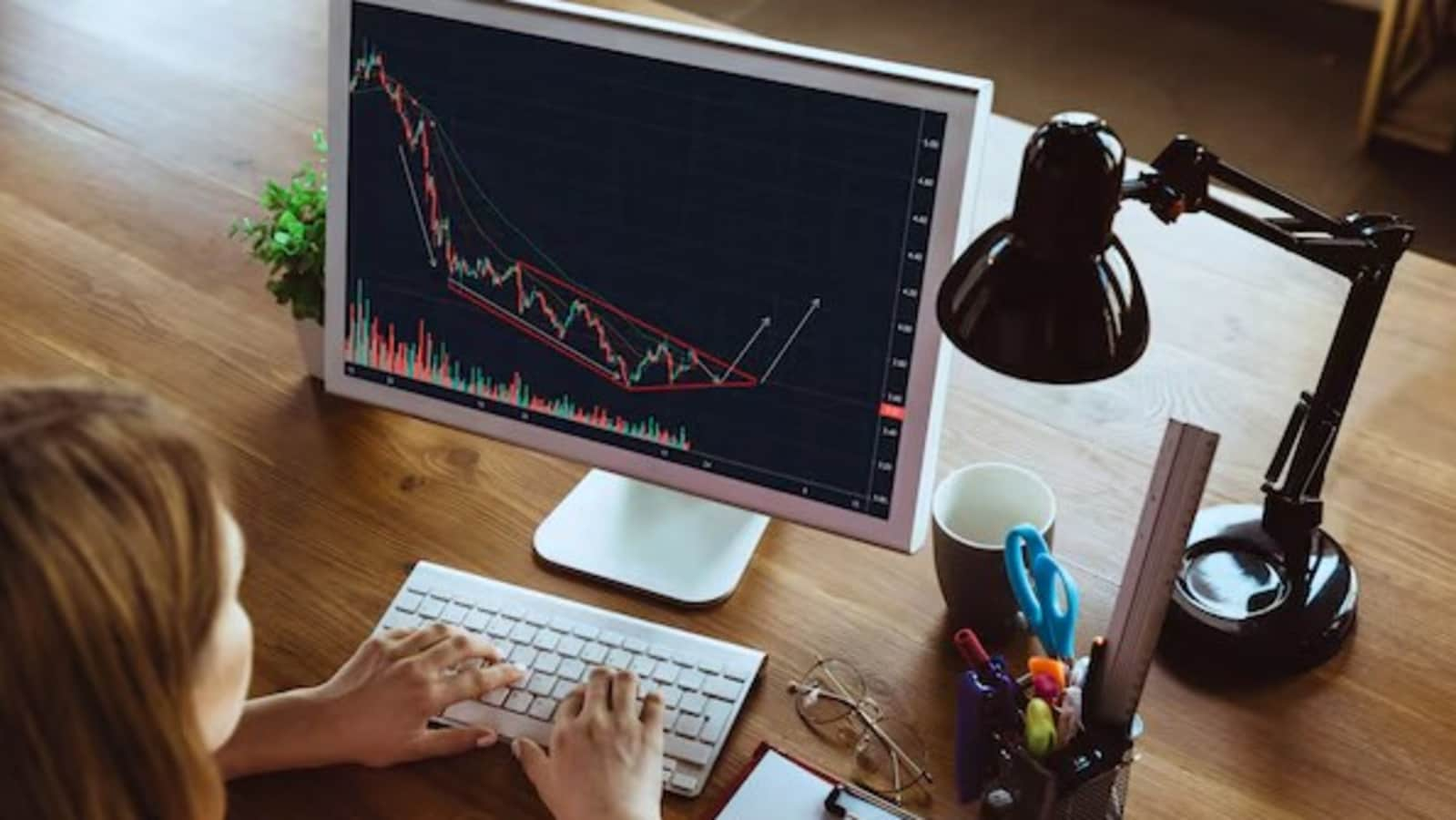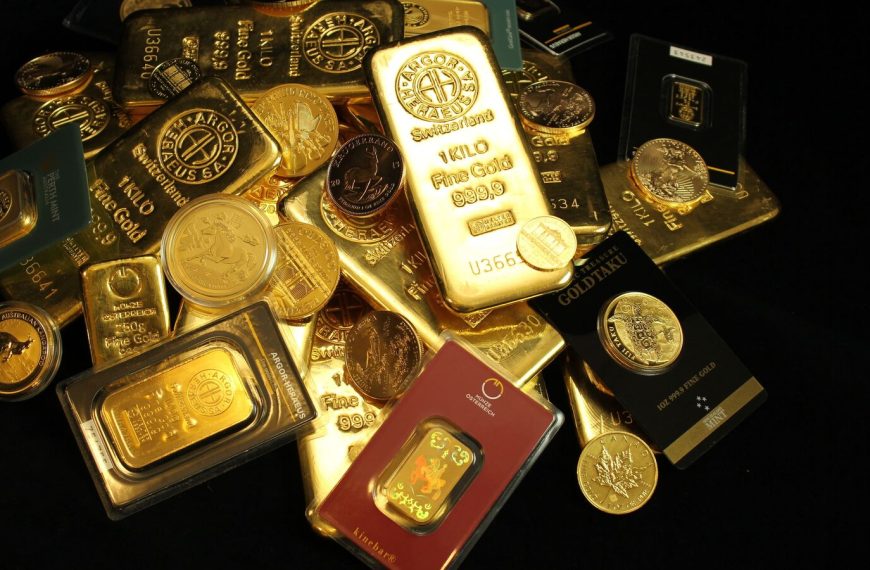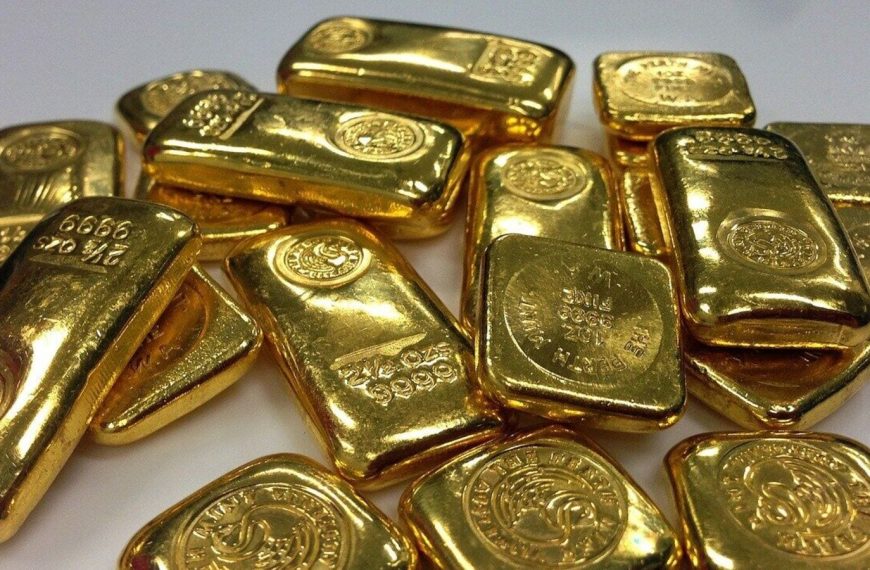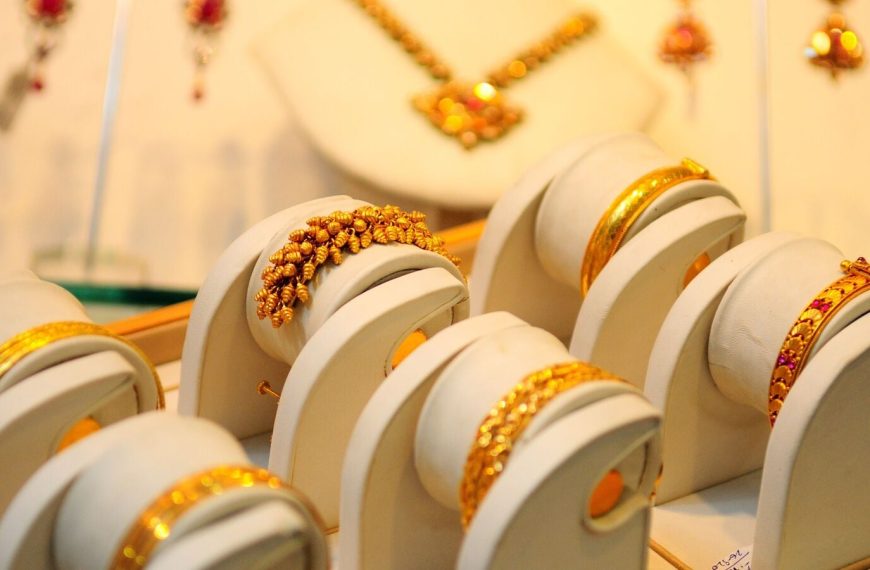Gold Prices Experience Volatility Amid Tariff Concerns
In a dynamic trading atmosphere, gold prices fluctuated significantly, responding to the latest economic developments. On April 3, spot gold hit a staggering record of $3,167.57 per ounce before pulling back to $3,108.55 as of 11:27 a.m. EDT. This shift was largely influenced by U.S. President Donald Trump’s recent announcement of a 10% base tariff on imports, which sent ripples through the financial markets.
Impact of Tariffs on Precious Metals
The introduction of tariffs has raised alarms regarding potential economic slowdowns, adversely affecting market sentiment. Gold, often seen as a safe haven during turbulent times, initially surged but later faced a decline of over 2% as traders reacted to broader market selloffs. U.S. gold futures similarly dropped 1.1%, settling at $3,132.40.
- Key price points:
- Spot Gold: $3,108.55
- U.S. Gold Futures: $3,132.40
- Silver: $32.01
- Platinum: $952.80
- Palladium: $935.61
Profit-Taking Amid Market Uncertainty
Market analysts suggest that the recent price dip can be attributed to profit-taking and margin calls across various asset classes, prompting some investors to liquidate portions of their gold holdings to mitigate losses. According to Peter Grant, a senior metals strategist at Zaner Metals, this sell-off reflects a search for buying opportunities amidst the market’s volatility.
"Despite the current fluctuations, investors will continue to seek safe-haven assets," Grant noted, emphasizing gold’s enduring appeal even amidst the turbulence.
Central Banks’ Role in Gold’s Future
Looking ahead, central banks are poised to play a critical role in sustaining gold’s upward trend throughout 2023. Their ongoing purchases aim to diversify reserves away from the dollar, particularly in light of the uncertainties brought on by Trump’s policies. Analysts at HSBC predict that while gold may see a price surge in the first half of the year, various factors could exert downward pressure by the end of 2025, estimating an average price of $3,015.
Silver and Other Precious Metals
In contrast to gold’s resilience, silver experienced a significant drop, falling over 5.9% to $32.01, its lowest level since early March. This decline highlights silver’s sensitivity to market fluctuations due to its industrial use. Phillip Streible, chief market strategist at Blue Line Futures, pointed out that demand concerns, stemming from the global market downturn, are impacting silver prices.
Other precious metals also faced declines, with platinum decreasing 3.1% to $952.80, while palladium dropped 3.5% to $935.61.
In summary, the recent market shifts underscore the intricate relationship between economic policies and precious metal prices. As traders navigate these developments, the long-term outlook for gold remains cautiously optimistic, bolstered by ongoing demand from central banks and a persistent search for safe havens.











